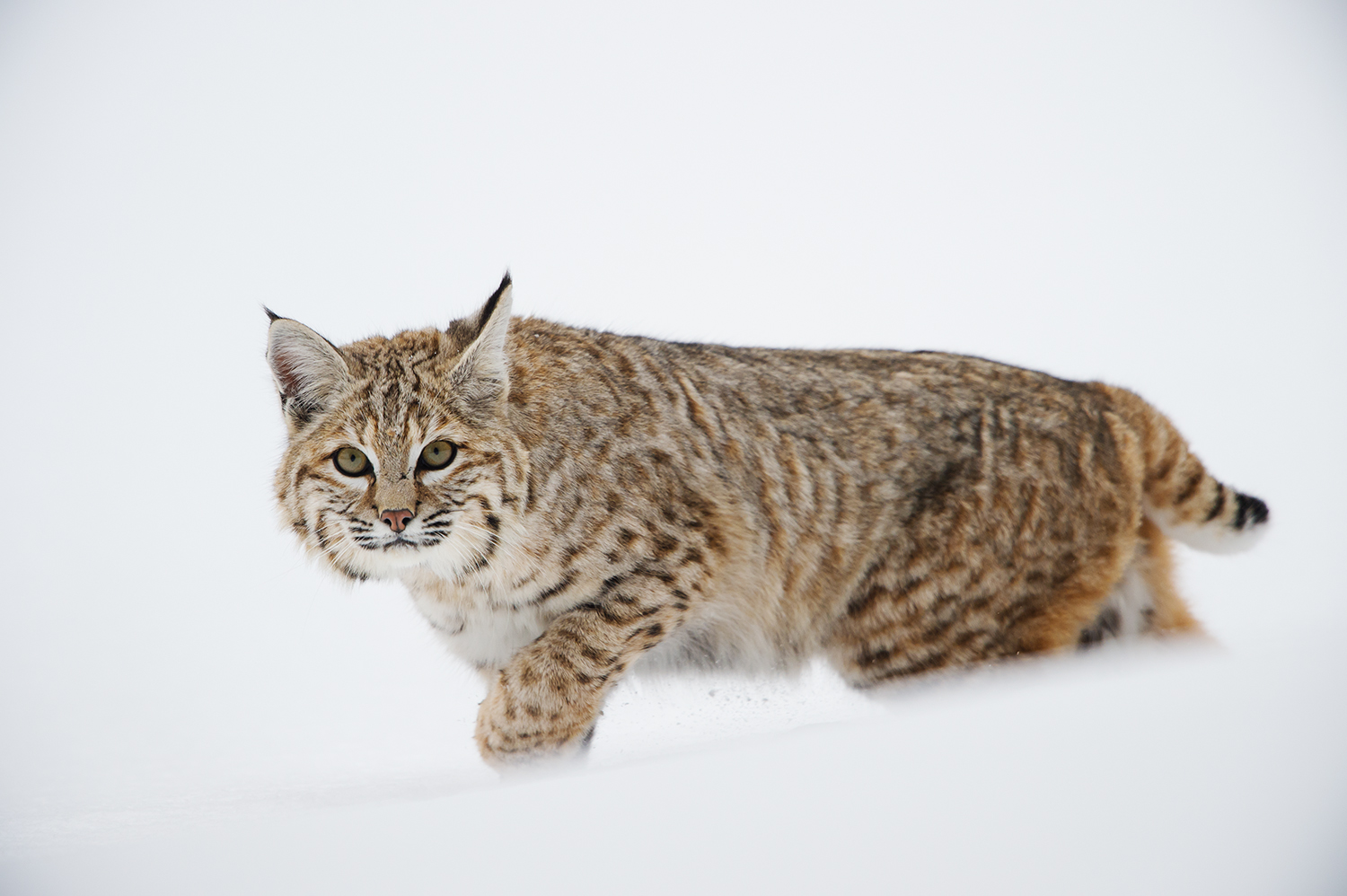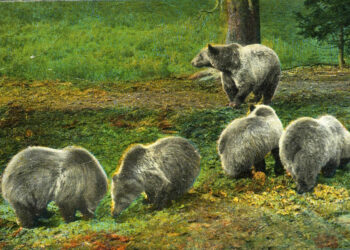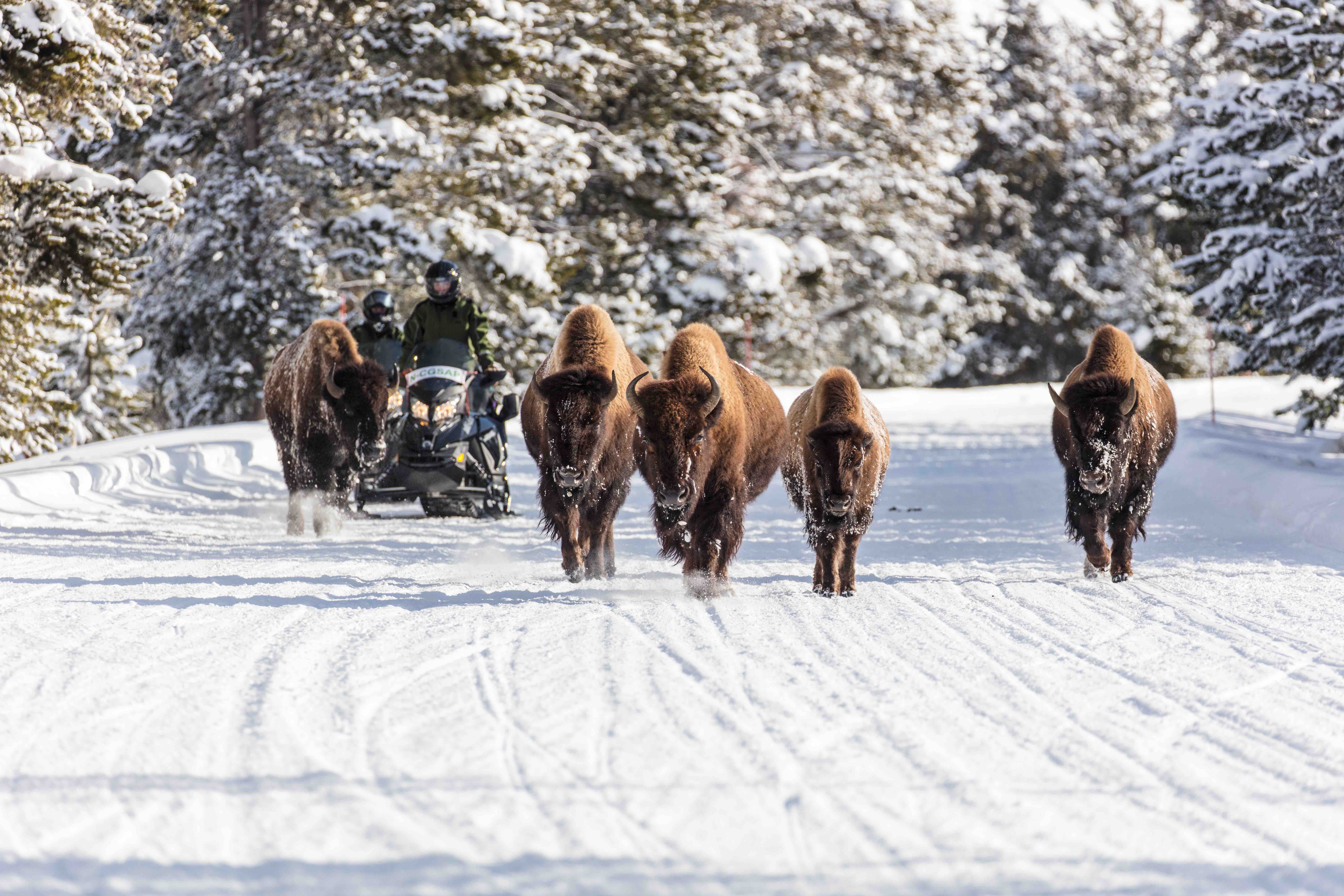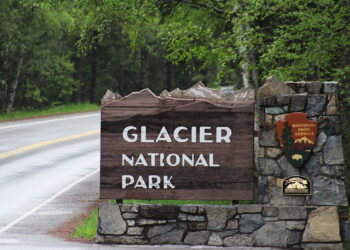Study says $308,000 in a single winter

For years, conservationist Lisa Robertson and a devoted group of friends in the Greater Yellowstone Ecosystem have tried to elevate public awareness about the moral and ethical issues tied to fur trapping.
From pain and suffering inflicted upon animals that get caught in leg-hold traps—some of which chew off their feet to escape—to “non-target” species killed or wounded by head-crunching conibear traps, to family pets severely injured by traps set along public hiking trails, trapping watchdogs have tried to get government officials to consider reforms to trapping regulations, usually to little avail.
Through the nonprofit wildlife conservation organization Robertson co-founded called Wyoming Untrapped, and alliance with groups like Footloose Montana, the perceived atrocities of trapping have been continually highlighted on social media.
Recently, citizen outrage surged again when a grizzly bear on Togwotee Pass in Wyoming was photographed with a bone-breaking conibear, likely set for pine marten, clenched to a front paw, the bruin’s prospects for survival left uncertain by the likely permanent damage to its appendage.
Behind the scenes wildlife managers I know in Wyoming, Montana and Idaho admit that many aspects of trapping are anachronistic. Apart from removing animals that cause property damage or represent a threat to human safety, trapping has come under serious scrutiny.
After all, few if any citizens actually make their living by trapping. Although traplines may be part of the lore of rustic mountain men, they no longer serve a compelling societal purpose in the 21st century, especially as demand for fur continues to fall save for in counties like China, critics say.
As Robertson has long noted, wildlife traditionally treated as nuisances by Western states—be they wolves, grizzlies, or, it turns out, even bobcats—are worth far more alive to local tourism economies than dead. Lacking, however, has been evidence.
Two winters ago, Robertson had an epiphany after she enlisted a guide who ferried her via snowmobile to the banks of the Madison River in Yellowstone National Park. There, she along with photographers and other wildlife watchers from around the world had converged to watch a bobcat, an elusive animal normally difficult to see in the wild.
From Robertson’s experience, and the fact that a photograph of the same bobcat by Jackson Hole photographer Thomas Mangelsen attracted tens of thousands of views on social media and proved to be a popular image in his fine art gallery, the seeds of an idea grew.
Working with Mark Elbroch, a biologist with the international wildcat conservation organization Panthera, Robertson set out to assess how much that single live bobcat was worth in generating commerce, versus the income generated by a bobcat lethally monetized for its fur.
The results of an analysis, published this week in the journal Biodiversity and Conservation, showed the Yellowstone bobcat was worth—brace yourself—more than $308,000 for the regional economy over just a winter season.
That’s a value 1000 times greater than the exploitive value of $315 that a trapper would net for a bobcat pelt. “Also consider, that this same living bobcat could generate the same figure again the following year, should it survive the summer season in Yellowstone,” Elbroch and Robertson wrote, acknowledging, however, that a bobcat outside the park would likely return less economic value. “But over its life, this bobcat in Yellowstone alone could generate well over $1 million in economic activity, shared across countless people involved in travel and tourism.”
At present, a fur trapper in Wyoming can purchase an annual license for $44 and kill as many bobcats in a harvest season without limit.
Besides the economic value of nature tourism, large- and medium-sized predators have incredible non-numeric existence value. They serve important ecological roles that do not factor into ledger sheets.
Notoriously, trapping can also result in the death of non-target species such as imperiled wolverines and lynx, jeopardizing their survival at the population level.
The bobcat study has implications for the debate over whether Wyoming should re-start a controversial sport hunt of grizzlies when, or if, bears are permanently removed from federal protection and handed over to state management.
“With millions of people coming through Yellowstone and Grand Teton each year, the value of living wildlife to local economies, visitor enjoyment, and even to those who may never visit these parks, cannot be emphasized enough,” said scientist Elbroch, who has conducted pioneering studies of cougars in Wyoming.
Robertson is convinced that were other cost-benefit analysis done for a number of species in Greater Yellowstone, they would yield similar compelling results.
Kristin Combs, program director of Jackson Hole-based Wyoming Untrapped, has argued that state wildlife agencies, especially in a time of declining revenues due to declining hunter numbers nationwide, ought to honestly ponder how keeping wildlife alive in Greater Yellowstone continues to fuel tourism, Wyoming’s second largest industry.
“It is time that wildlife managers prioritize the value of wildlife for the community as a whole instead of only for the enjoyment or one-time exploitation by a single hunter or trapper,” Combs says.
Elbroch says the study isn’t definitive. It is meant to elicit a reaction and ignite a better dialogue, not come across as an attack on trapping and hunting.
For Robertson, societal respect and appreciation for wildlife has evolved, profoundly shifting since the days of the frontier when the value of animals was based solely on revenue generated through their lethal consumption. “We are smarter now,” she said. “Our policies need to reflect it.”
Todd Wilkinson has been writing his award-winning column, The New West, for nearly 30 years. Living in Bozeman, he is author of “Grizzlies of Pilgrim Creek” about famous Greater Yellowstone grizzly bear 399 featuring 150 photographs by Tom Mangelsen, available only at mangelsen.com/grizzly. His profile of Montana politician Max Baucus appears in the summer 2017 issue of Mountain Outlaw and is now on newsstands.















